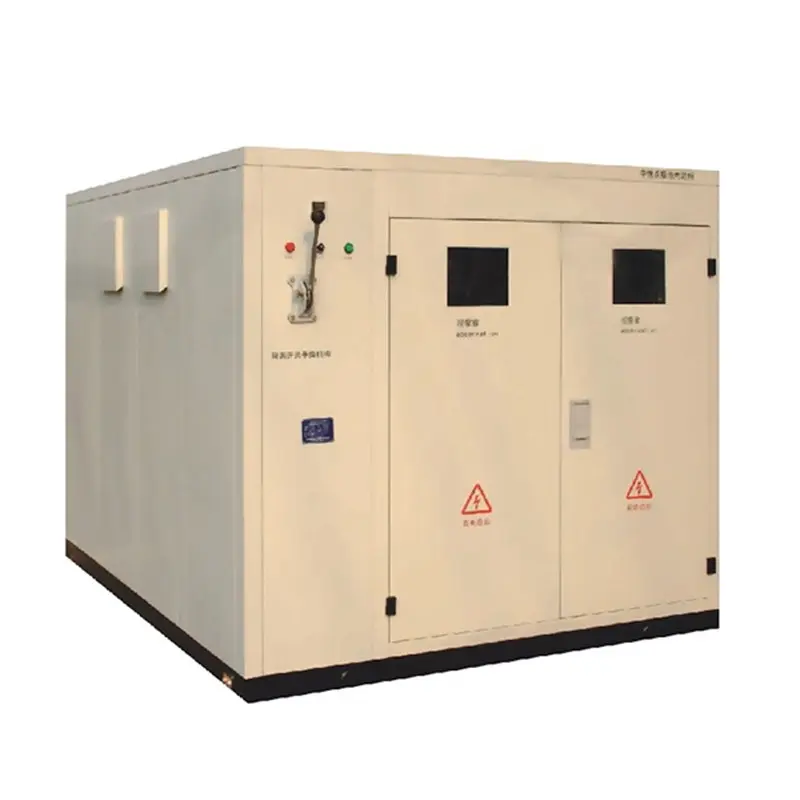The generator neutral point grounding resistance cabinet plays a vital role in ensuring the safety and stability of the power generation system. These cabinets are designed to provide a safe grounding solution for the generator neutral point, preventing potential electrical hazards and ensuring reliable operation. In this blog, we will explore the significance of generator neutral ground resistor cabinets and the different construction patterns commonly used in their design.
The main function of the generator neutral point grounding resistance cabinet is to limit the fault current that may occur during a ground fault. By combining resistors and grounding transformers, these cabinets can effectively control fault currents, minimizing the risk of damage to generators and associated equipment. Additionally, they help maintain the system’s voltage levels and overall stability during abnormal operating conditions.
transformers, these cabinets can effectively control fault currents, minimizing the risk of damage to generators and associated equipment. Additionally, they help maintain the system’s voltage levels and overall stability during abnormal operating conditions.
There are many structural methods for the generator neutral point grounding resistance cabinet. The two most common ones are direct grounding through the resistance cabinet and the neutral point combined with a single-phase grounding transformer and resistor. Each mode offers unique advantages and is selected based on the specific requirements of the power generation system.
Direct grounding via a resistor cabinet connects the neutral point of the generator directly to the resistor cabinet, with the resistor limiting the fault current. This simple method is used in a wide variety of applications and provides a cost-effective grounding solution. On the other hand, the combination of a neutral point with a single-phase grounded transformer and resistor provides enhanced fault current limitation and improved system performance, making it suitable for more complex power generation setups.
To sum up, the generator neutral point grounding resistance cabinet is an indispensable component in the power generation system to ensure the safe, stable and reliable operation of the generator. By understanding the different structural patterns and their advantages, engineers and operators can make informed decisions when selecting the most appropriate grounding solution for their specific requirements. Prioritizing the correct design and implementation of these cabinets is critical to protecting the integrity of the power generation system and minimizing the risk of electrical failure.
Post time: Jun-03-2024